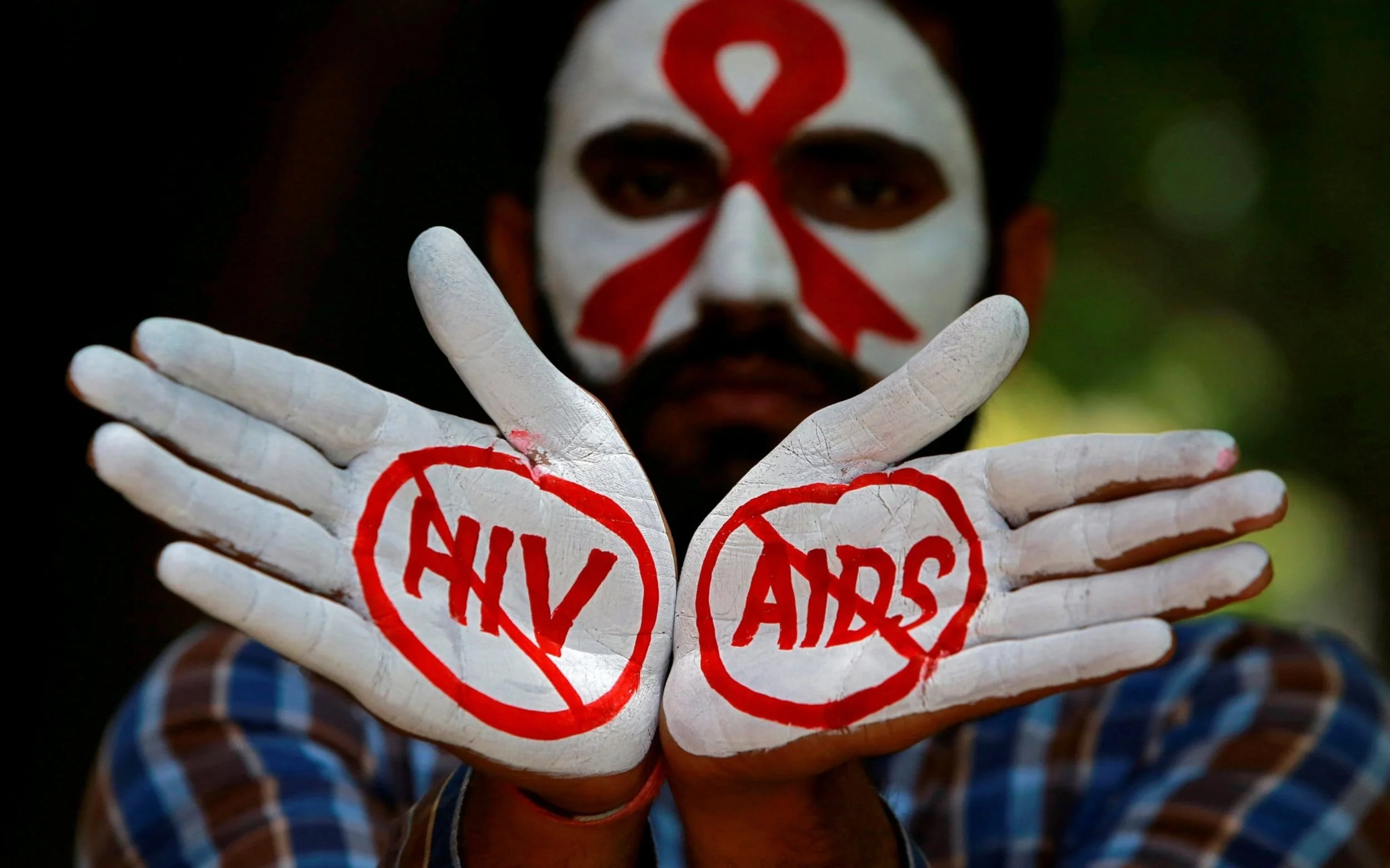Ending the HIV/AIDS Epidemic
Prince George’s Joins National Effort to Defeat HIV/AIDS Epidemic
Just ten years ago, the thought of ending the AIDS epidemic was just a dream for most of us. That dream is getting closer to becoming reality.
HIV attacking blood cell / Credit: cdc.gov
The United States joined a world-wide effort started in 2014 by UNAIDS to end the HIV/AIDS epidemic by year 2030. Called Fast-Track, this effort “recognizes that with today’s science and tools we can enable full HIV prevention, diagnosis and treatment. But AIDS can only be ended as a public health threat by 2030 if we collectively continue to strive for equality, protection of human rights and zero discrimination.” (UNAIDS)
With the mission at heart, state and local health departments have been campaigning to spread the message and offer much needed resources.
Prince George’s County, Maryland has now joined that bold national initiative to end the HIV epidemic in the United States with the goal of reducing new infections by 75 percent in five years and at least 90 percent over the next decade. The multi-year plan by the U.S. Department of Health and Human Services (HHS) hopes to accelerate progress in eliminating new HIV infections by directing new funds, additional expertise, technology and other resources to the county and 47 other targeted jurisdictions nationwide.
While Prince George’s County mirrors the nation in seeing progress in new HIV cases and more patients getting into early viral suppression treatment, the county had Maryland’s highest number of new HIV infections in 2017 with 320, according to state data. One in 52 men ages 30-39 in Prince George’s County have HIV, while the disease continues to disproportionately affect African Americans who make up 62 percent of the county’s population but comprise 83 percent of the county’s HIV cases.
“This is an important moment – not just for Prince George’s County – but for everyone,” said Prince George’s County Executive Angela Alsobrooks. “We must harness this opportunity and take control of a disease that has profoundly impacted too many of our communities and taken the lives of too many of our loved ones for decades. I am proud that Prince George’s County will be a part of global history by playing a leading role in eliminating the HIV epidemic.”
The national plan’s strategy focuses on four areas:
· Diagnose all people with HIV as early as possible after infection.
· Treat the infection rapidly and effectively to achieve sustained viral suppression.
· Protect people at risk for HIV using proven prevention interventions, including PrEP, a medication that can prevent HIV infections.
· Respond rapidly to detect and respond to growing HIV clusters and prevent new HIV infections.
“We need to engage and educate residents about HIV not just when they’re in the doctor’s office,” said Prince George’s County Deputy Chief Administrative Officer for Health, Human Services and Education Dr. George Askew, “but also when they walk through the doors of the Medicaid office, a woman’s shelter, our library system, community re-entry or any other point of engagement with our system of health and well-being.”
In a joint discussion with state and local health officials on April 3rd in Baltimore, HHS Assistant Secretary Adm. Brett P. Giroir, M.D. and Centers for Disease Control and Prevention (CDC) Director Robert Redfield, M.D. stressed the importance of implementing these strategies at the local level of each of the plan’s 48 jurisdictions, which account for more than half of all new HIV diagnoses in the U.S.
“Strengthening our county’s HIV infrastructure starts with a robust community health worker network,” said Prince George’s County Acting Health Officer Dr. Ernest Carter at the discussion in Baltimore. “Community health workers often come from and live in these communities carrying the greatest HIV burden. They are a familiar face and a trusted source for patient care and support, which makes it even more important to build a plan by the people and for the people of Prince George’s County. With the help of community-based organizations and the medical community, we can end the lingering stigma of HIV, make HIV testing routine and put an end to the epidemic.”
For more information about ending the HIV Epidemic: A Plan for America, go to www.HIV.gov/ending-hiv-epidemic.






